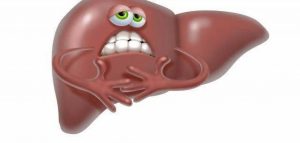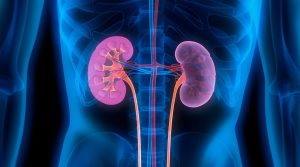“I ate something wrong” is undoubtedly the first thing that comes to mind in case of vomiting. The second place in the “rating” is taken by foodborne infections. However, vomiting can be a signal and much more dangerous neurological pathologies. So how can you tell one from the other in time?
Where does vomiting come from?
So, in the brain there are at least 2 zones, the irritation of which provokes the gag reflex.
One of them, the main one – the vomiting center, reacts only to the nerve impulses arriving here. And the latter can come from the organs of the gastrointestinal tract, pharynx, peritoneum (the shell of internal organs that separates them from each other), the vestibular apparatus, thalamus, hypothalamus and cerebral cortex.
Among other things, the vomiting center provokes vomiting with mechanical pressure on it from the outside. And the reason for this “phenomenon” may be a tumor, increased intracranial pressure, edema and other pathologies of the brain.
Receptors of the second “vomit” zone are irritated only under the influence of chemicals, such as drugs, toxins, poisons, some metabolites of metabolism (such as ketones during decompensation of diabetes mellitus) and others. However, the impulse from this zone, in any case, first enters the vomiting center, and only from here the mechanism of the gag reflex is realized.
The vomiting center “sends” an appropriate command to the muscles of the diaphragm, chest and abdominal walls, as well as the stomach, which (without going into “details”) provokes spastic contractions of the latter.
And the “evolutionary goal” of vomiting is to rid the body of a dangerous irritant, which is most often infection, chemicals or excess of its own digestive enzymes.
“Neurology” or infection
As it is probably already obvious, there are many causes of vomiting. However, the “ability” to distinguish in time vomiting of central genesis (from the side of the brain) from its other variants has an important prognostic value.
In particular, vomiting of neurological origin:
arises “spontaneously”
not associated with food intake,
more often in the morning (which may be similar to the “toxicosis” of pregnant women),
rarely accompanied by previous nausea ,
and does not bring relief.
Among other things, such vomiting is often associated with headache and / or dizziness, as well as other signs of brain damage. And as the process progresses, it obviously occurs more and more often.
The reason for this vomiting may be:
tumor,
stroke,
hydrocephalus,
encephalitis,
migraine,
trauma
and even a hypertensive crisis.
Therefore, the appearance of such symptoms requires mandatory CT or MRI of the brain and consultation with a neurologist.
“Infectious” vomiting is always associated with food intake, accompanied by nausea https://en.wikipedia.org/wiki/Nausea and often stool disorders.
Such vomiting is often repeated, can be accompanied by fever and severe dehydration (severe weakness, pallor, dry skin and mucous membranes, palpitations), and also occur in several family members almost simultaneously.
And among the most common pathogens:
company-, nora- and astroviruses,
Escherichia coli
salmonella
and shigella (dysentery).
Moreover, depending on the pathogen, not only the nature of the treatment is significantly different, but also the risk of possible complications. Therefore, if such symptoms occur, feces should be donated for PCR-detection of pathogens of acute intestinal infections.



